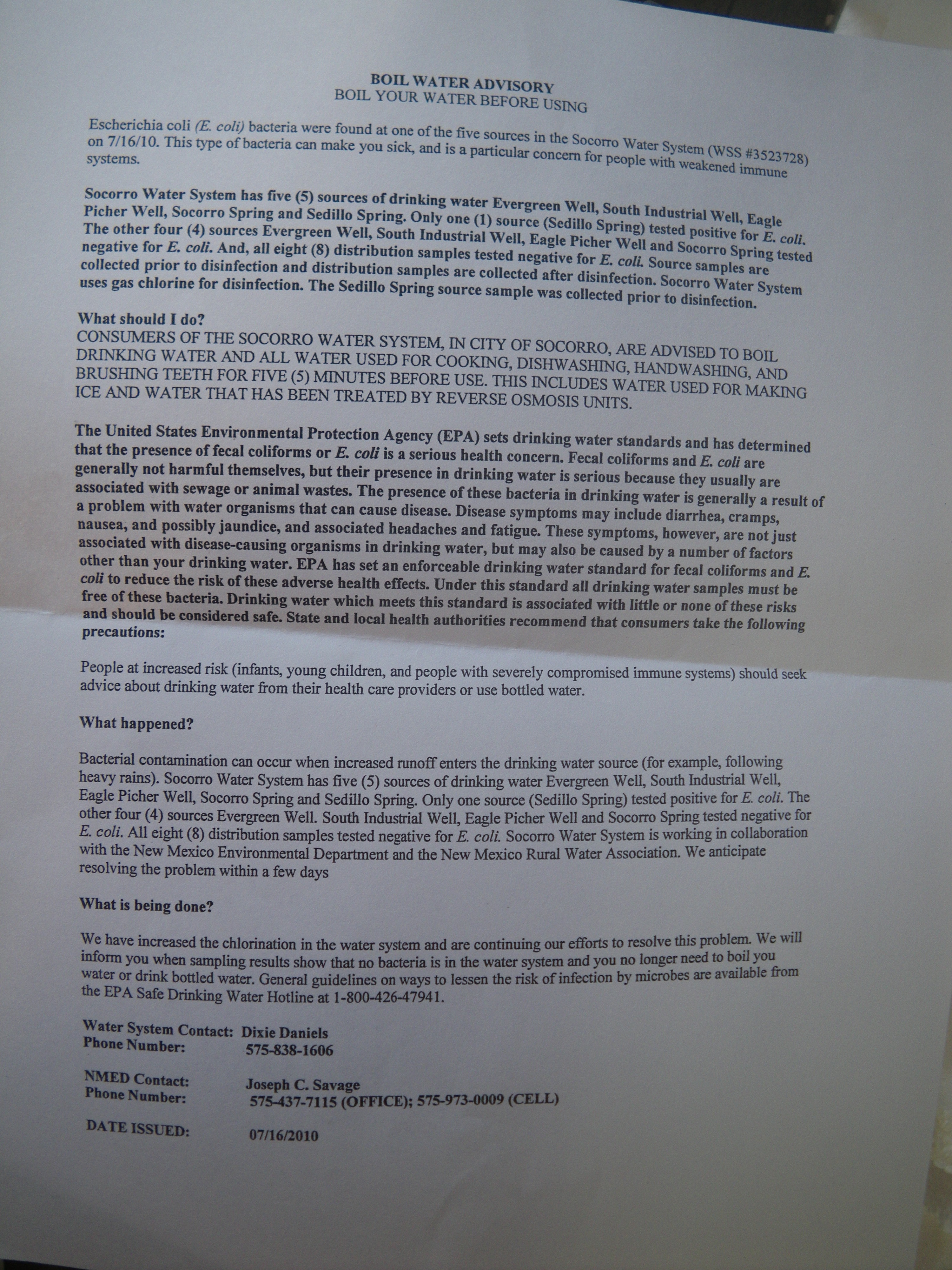Manhattan (Kansas) already feels empty as Kansas State University prepares for the annual adolescent orgy of excess known as Spring Break.
Two years ago I experienced my first U.S.-style spring break with Amy and we went on the great Tex-Mex road trip, heading south through Oklahoma and then west to Albuquerque.
 We stayed for an hour; didn’t like it. So we headed south, stopping for the night in Socorro, NM. We spent the next morning walking around the campus of New Mexico Tech, raising suspicions by wandering to close to classified areas, and checking out the PhD hair salon. Then it was off to a bizarre encounter in Truth or Consequences, NM, and eventually to Tuscon.
We stayed for an hour; didn’t like it. So we headed south, stopping for the night in Socorro, NM. We spent the next morning walking around the campus of New Mexico Tech, raising suspicions by wandering to close to classified areas, and checking out the PhD hair salon. Then it was off to a bizarre encounter in Truth or Consequences, NM, and eventually to Tuscon.
But back to Socorro. On March 6, 2008, the Student Health Center issued a statement saying the
New Mexico Tech campus has identified an outbreak of an intestinal disorder (gastroenteritis). … We are working with the N.M. Department of Public Health to identify the specific type of pathogen and how to treat it. … Hand-washing and hand sanitizers are effective methods to reduce the spread of pathogens Surface sanitizing with chlorine based-cleaners is recommended in areas where a virus may be present on surfaces. Residential Life has already begun a marketing campaign to encourage hand- washing. Facilities Management and Residential Life staff also are using different cleaning products to decrease the spread of the suspected virus.
However, a student informs barfblog.com that students began blogging about norovirus striking the campus before March 2, 2008.
On March 3, 2008, another student blogs that they were questioned about what they had eaten at Chartwells, but doesn’t identify who questioned them. On March 4, 2008, a student posts on their blog that they were questioned by the N.M. Health Department about their diet for the previous five days. Another student reports on March 6, 2008, after the warning was issued by the Student Health Center, that,
"It’s a little late for this warning. My friends and I were all sick at different points over the last two weeks."
Our correspondent reports,
"I was around for "Death Meal 82" and "Death Meal 85" (no one actually died) living in town but I suspect a lot of people have either forgotten those events or are hoping to avoid bad publicity for the school/town. Death Meal 85 was eventually identified as a bucket full of raw chicken that was subsequently used to carry ice to the ice machine."
Local media has shown almost no interest in the outbreak.
But I do have an interest in how boil-water advisories are communicated: Is the wording clear? Are the actions to be taken clearly stated? Are there graphics for those who can’t read? Is the advisory in multiple languages?


 We stayed for an hour; didn’t like it. So we headed south, stopping for the night in Socorro, NM. We spent the next morning walking around the campus of New Mexico Tech, raising suspicions by wandering to close to classified areas, and checking out the PhD hair salon. Then it was off to a bizarre encounter in Truth or Consequences, NM, and eventually to Tuscon.
We stayed for an hour; didn’t like it. So we headed south, stopping for the night in Socorro, NM. We spent the next morning walking around the campus of New Mexico Tech, raising suspicions by wandering to close to classified areas, and checking out the PhD hair salon. Then it was off to a bizarre encounter in Truth or Consequences, NM, and eventually to Tuscon.